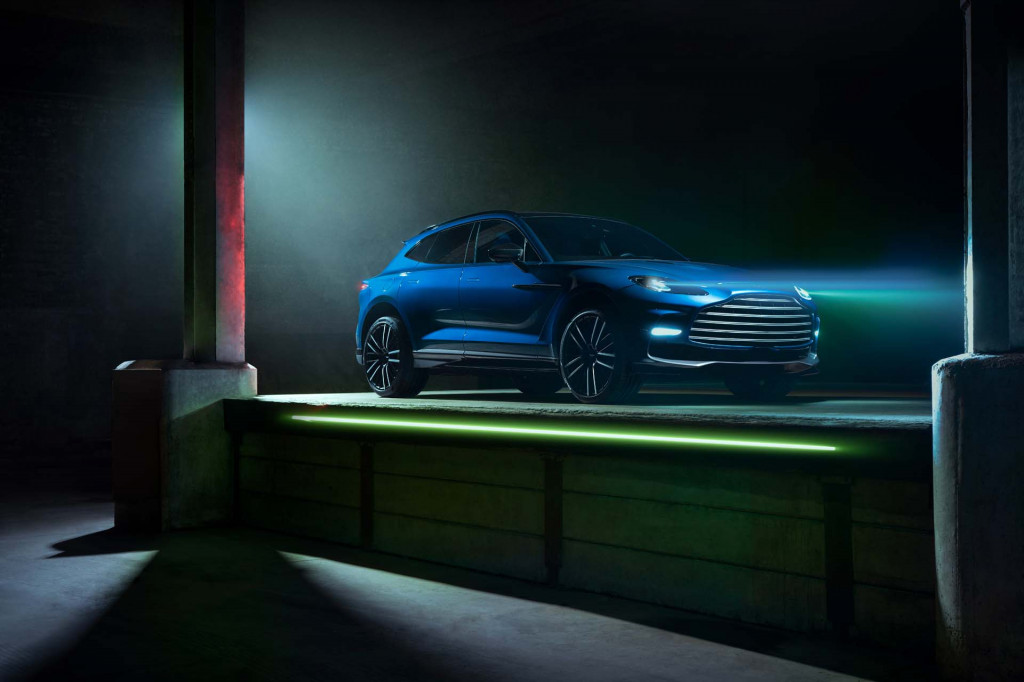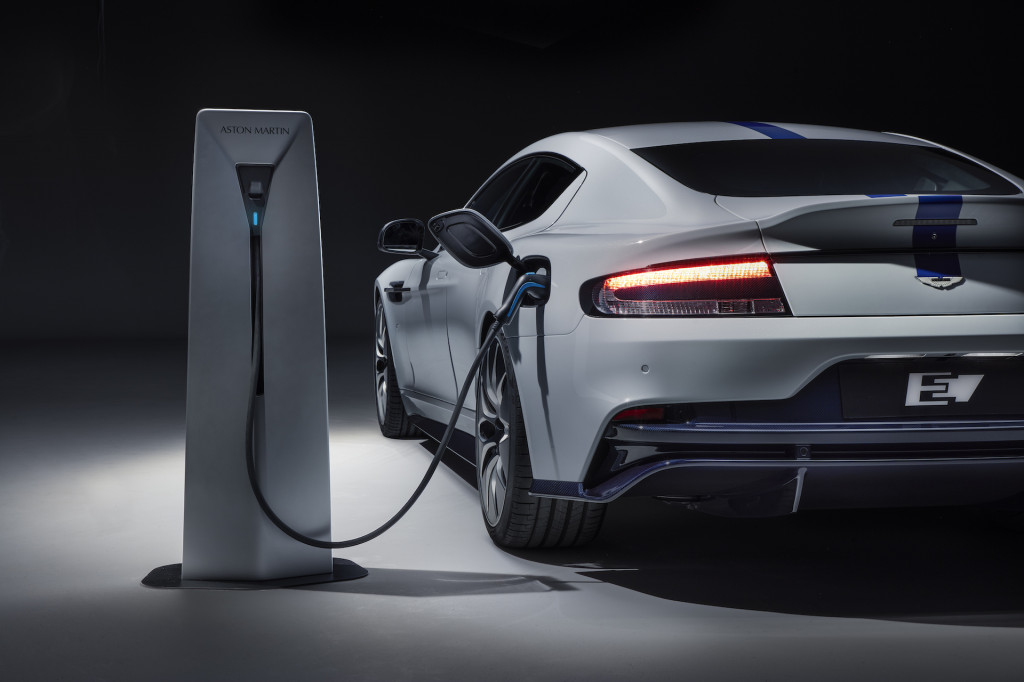Aston Martin’s full lineup will be electrified by 2030 with a mix of plug-in hybrid and all-electric powertrains, the automaker announced on Friday.
Aston previously confirmed that its first plug-in hybrid—a rebooted version of the Valhalla supercar—will arrive in 2024, with the first electric vehicle, a sports car, following in 2025. By 2026, all new Aston product lines will have an electrified powertrain option, according to the automaker.
The electrification goals are part of a broader sustainability initiative. Dubbed Racing Green, it also encompasses targets of net-zero carbon emissions from manufacturing facilities by 2030, and from the supply chain by 2039.

2023 Aston Martin DBX707
Environmentally friendly materials, including “green aluminum alloy” manufactured using 100% renewable energy and vegan interior options, are part of the plan as well.
Aston in March also announced a partnership with Britishvolt to develop new battery technology for use in the EV timed for 2025. The automaker will rely on a technology-sharing plan with Mercedes-Benz—which owns 20% of the company—for its future plug-in hybrids.
Aston first confirmed plans for an electric sports car and SUV in March 2021, and in an interview later that year CEO Tobias Moers (the former boss of Mercedes’ AMG performance brand) said the sports car would replace one of Aston’s current models.

2020 Aston Martin Rapide E
But in a separate interview that year, Moers also noted Aston needs to follow through on its plans. He said that, when he joined the company, Aston was promising a lot but not delivering. That’s certainly the case with Aston’s plan to launch an EV, which has seen a couple of false starts.
Aston’s previous EV, an electric version of the Rapide called the Rapide E, never made it to production. First, a partnership with LeEco—then billed as the “Netflix of China” and a backer of Faraday Future—fell apart. Williams Advanced Engineering then stepped in to continue development, but the Rapide E was killed by cost-cutting. Will Aston have more success this time around? We’ll have to wait and see.
